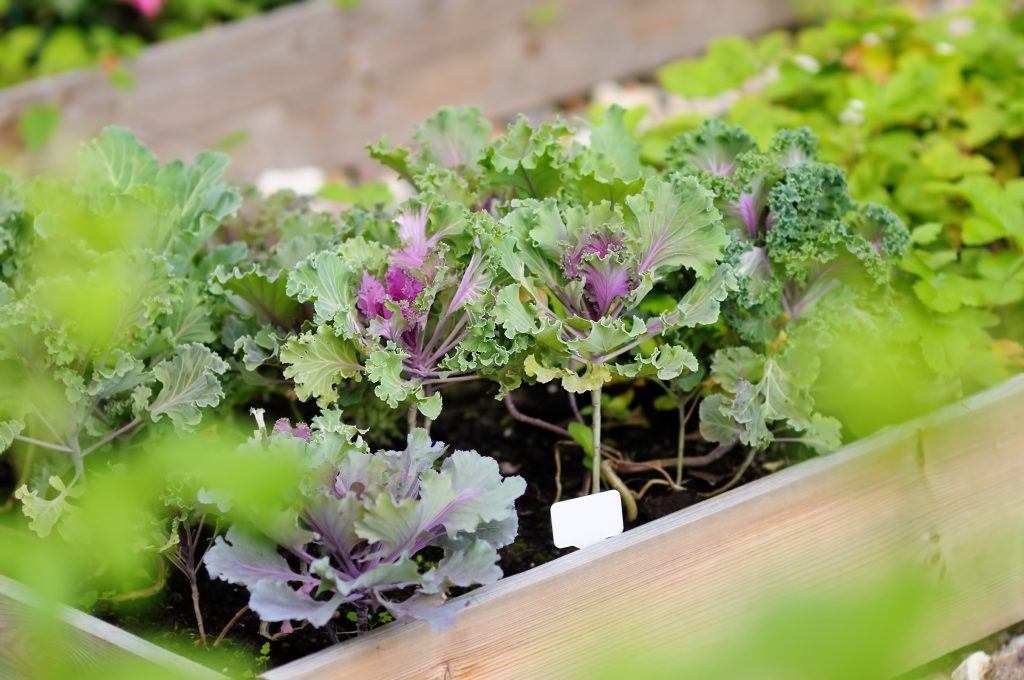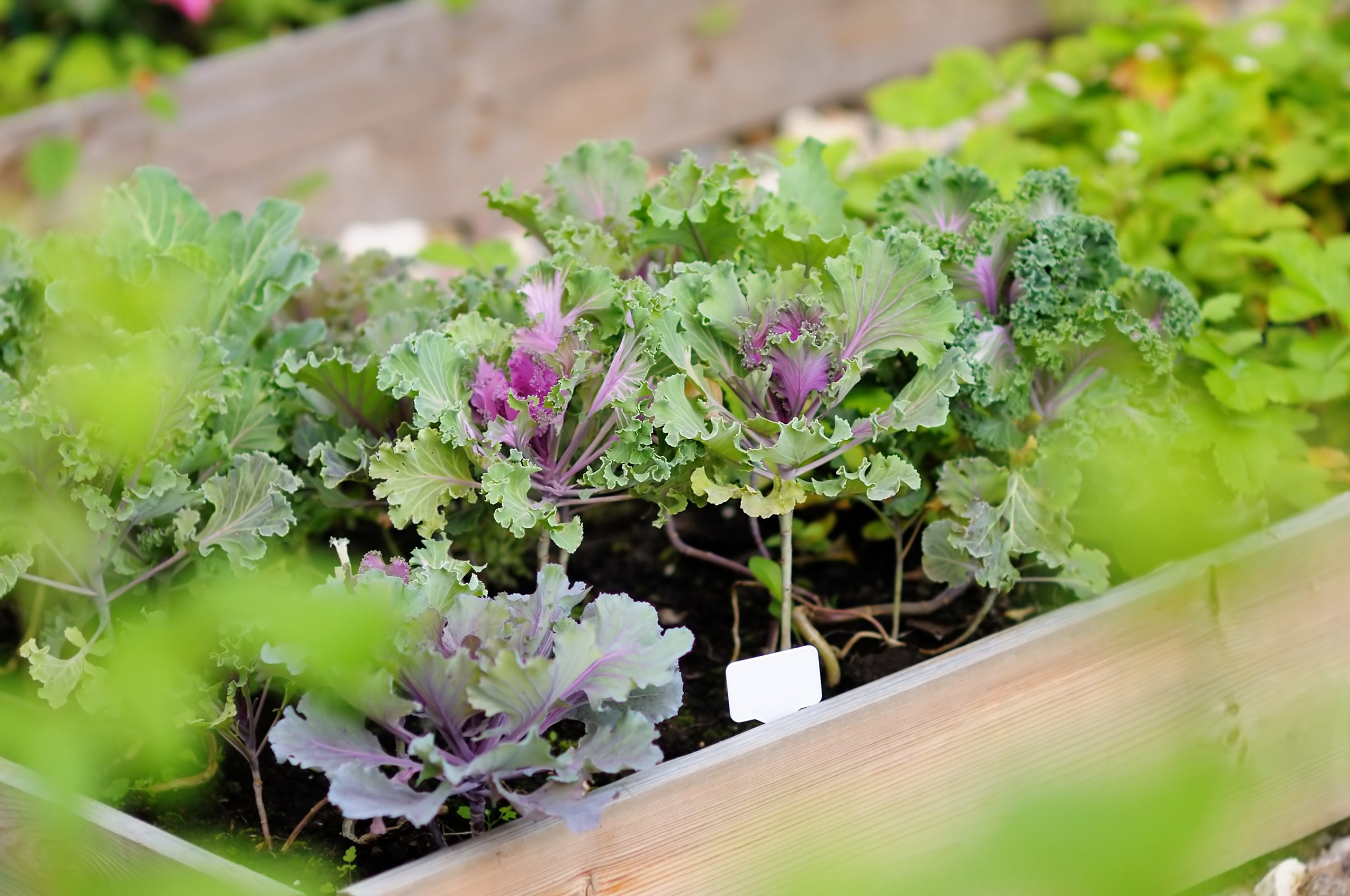
Here is an easy guide to get you started.
April 22nd was earth day, and it got me thinking about ways to go “greener”. One thing we are already doing is growing a small vegetable and herb garden in containers on our side yard. The great thing about container gardening is that you can do it anywhere, in your yard, on your balcony or even in your house. Spring really is the perfect time to get started. We are so lucky to live in a mild climate that provides an ideal environment for growing a wide variety of vegetables. Whether you’re a seasoned gardener or a beginner, starting a vegetable garden can be a fulfilling and rewarding experience. In this post, we will guide you through the steps to start your own vegetable garden, so you can enjoy fresh, homegrown produce all season long.
Step 1: Choose the Right Location- The first step in starting a vegetable garden is to choose the right location. You need to consider the amount of sunlight, soil quality, and drainage when selecting the perfect spot for your garden. Most vegetables require at least 6-8 hours of sunlight per day, so look for an area in your yard that gets plenty of sunlight. Avoid areas with heavy shade or where water tends to pool after rain. Additionally, make sure the soil is well-drained and rich in organic matter. You can improve the soil quality by adding compost, aged manure, or other organic materials.
Step 2: Plan Your Garden- Once you have chosen the location for your vegetable garden, it’s time to plan what you want to grow. Consider the space available, your gardening experience level, and your family’s preferences when selecting vegetables to plant. Some popular vegetables that grow well in Southern California during the spring include tomatoes, peppers, cucumbers, beans, lettuce, and squash. Take into account the space requirements and the recommended planting distances for each vegetable to ensure they have enough room to grow and thrive.
Step 3: Prepare Your Garden Bed Preparing the garden bed is a crucial step in starting a successful vegetable garden. Begin by removing any weeds, rocks, or debris from the area. Loosen the soil with a fork or a tiller to a depth of at least 12 inches. Mix in organic matter, such as compost or aged manure, to improve the soil fertility and structure. Rake the soil surface smooth and level, so it’s ready for planting. You can also purchase raised beds and fill with pre amended soil purchased from your local home improvement store.
Step 4: Plant Your Vegetables Now that your garden bed is ready, it’s time to plant your vegetables. Follow the recommended planting guidelines for each vegetable, including spacing and planting depth. Generally, in the spring, you can start planting warm-season vegetables such as tomatoes and peppers, as well as cool-season vegetables like lettuce and spinach. Be sure to water your newly planted vegetables thoroughly and keep the soil consistently moist, but not waterlogged, throughout the growing season. You can start from seeds or buy small plants from your local Home Depot or Lowes. We tend to use a mix of both seeds and starters.
Step 5: Maintain Your Garden- Maintaining your vegetable garden is an ongoing process. Regular watering, weeding, and fertilizing are essential for the health and growth of your plants. Be sure to monitor for pests and diseases, and take appropriate action if you notice any signs of damage. You can use organic or chemical controls, depending on your preference and gardening philosophy. Mulching is also beneficial to help retain moisture in the soil, suppress weeds, and regulate soil temperature.
Step 6: Harvest and Enjoy Your Bounty! As your vegetables grow and mature, they will be ready for harvest. Follow the recommended harvesting guidelines for each vegetable to ensure the best flavor and quality. Harvesting vegetables at their peak of ripeness will provide you with the tastiest produce. Enjoy the fruits of your labor by incorporating your homegrown vegetables into your favorite recipes or sharing them with friends and neighbors.




Leave a Reply